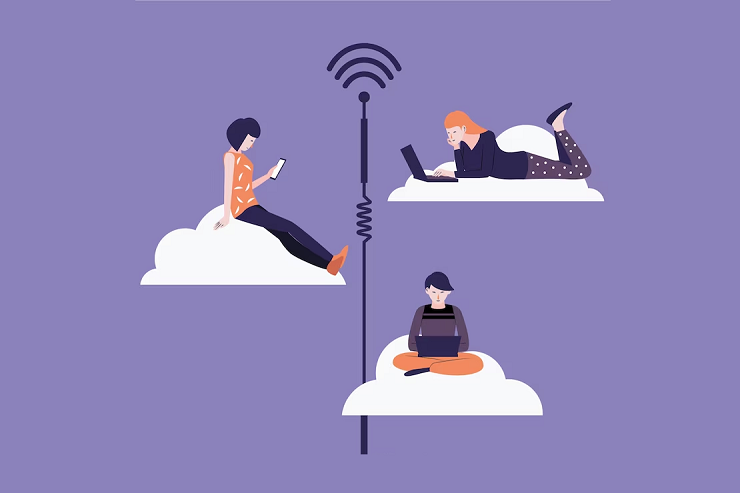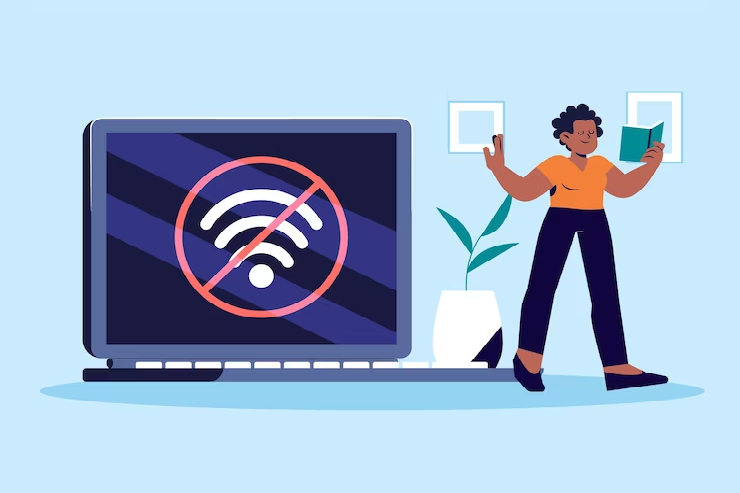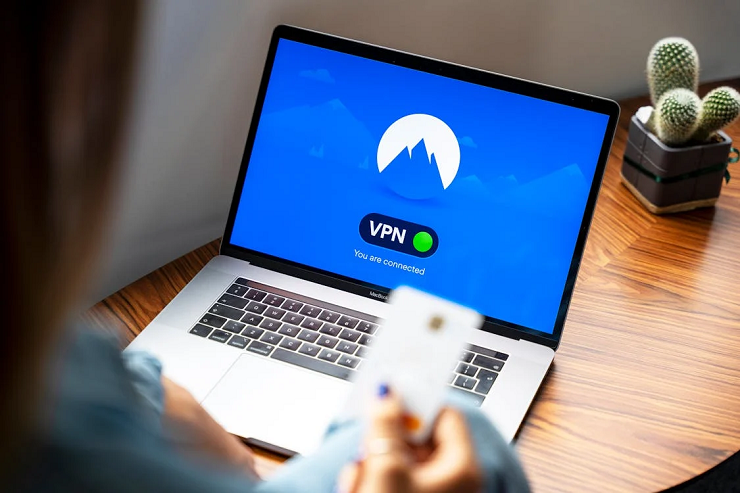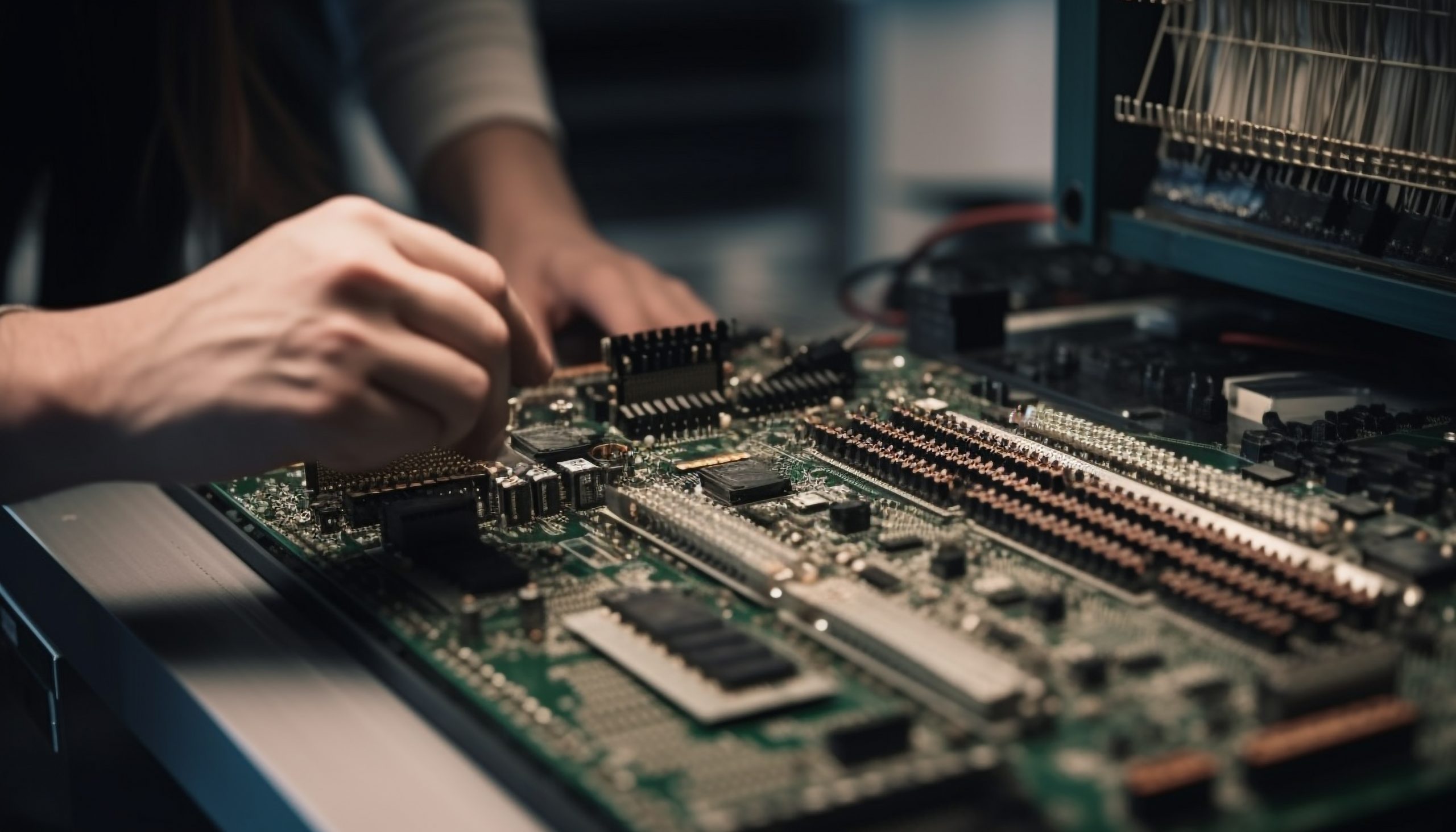

Wi-Fi has become a vital part of our daily lives in this tech-savvy era. A stable and secure Wi-Fi connection is crucial whether streaming movies, connecting with loved ones, or browsing the internet. However, have you ever wondered if someone might be leeching off your Wi-Fi? In this blog, we’ll dive into the signs that may indicate unauthorized users are tapping into your Wi-Fi network. We’ll also discuss simple steps to protect your connection and ensure a seamless browsing experience.
A significant drop in internet speeds is one of the first indicators that someone might use your Wi-Fi without permission. If you’ve noticed that your once zippy connection has slowed to a crawl, it’s worth investigating. Start by conducting a speed test using an online tool or a dedicated app. If the results show a significant deviation from your subscribed plan’s speeds, there’s a possibility that an unauthorized user is piggybacking on your network.
Modern routers allow you to access a list of connected devices on your network. Log in to your router’s admin interface and check the list of connected devices. If you notice unfamiliar device names or a suspiciously high number of devices, it’s worth digging deeper. Ensure that you or your household members own the recognized devices. If you encounter unknown devices, it’s a clear sign that someone may be using your Wi-Fi without your knowledge.
Monitor your router’s activity lights, which indicate data transmission. If you notice constant activity even when you’re not actively using the internet, it’s time to investigate further. This consistent data transfer could indicate that someone is utilizing your Wi-Fi network. Additionally, if you experience unexpected network drops or a slowdown in specific situations, such as when certain family members are away, may indicate unauthorized access.

Most modern routers provide log files that record various activities on your network. These logs can be a valuable resource in detecting unauthorized access. Access your router’s administration interface and navigate to the log section. Look for entries that raise suspicions, such as failed login attempts or unrecognized devices attempting to connect. If you encounter any such access, it’s time to take action.
To protect your Wi-Fi network from unauthorized access, consider implementing these preventive measures:
Ensure your router’s admin password is unique and robust. Avoid using shared or easily guessable passwords.
Use a robust encryption protocol like WPA2 or WPA3 for your Wi-Fi network. This ensures that the data transmitted between your devices and the router remains secure.
If you frequently have guests over, create a separate guest network with limited access. This way, you can keep your primary network secure while providing internet access to your visitors.
Each device has a unique MAC address. By enabling MAC address filtering, you can restrict access to your Wi-Fi network to only authorized devices.
Keep your router’s firmware up to date. Manufacturers often release updates that address security vulnerabilities and improve overall performance.

To strengthen your Wi-Fi security, consider using network monitoring tools. These tools allow you to closely monitor your network’s activity and detect any suspicious behavior. Some popular network monitoring software includes Fing, GlassWire, and Wireshark. These tools provide detailed insights into connected devices, network traffic, and potential security threats. By regularly monitoring your network, you can quickly identify any unauthorized access and take immediate action to secure your Wi-Fi.
An essential step in preventing unauthorized access is regularly changing your Wi-Fi network name (SSID) and password. Avoid using prominent names or personal information in your network name, as these can make identifying your network easier for potential intruders. Choose a strong and unique password that combines uppercase and lowercase letters, numbers, and special characters. Changing your network name and password periodically (every few months) adds an extra layer of security and reduces the chances of someone gaining unauthorized access to your Wi-Fi network.
Many modern routers offer the option of enabling two-factor authentication (2FA) for accessing the admin interface. 2FA adds an extra layer of security by requiring a secondary verification method, such as a unique code generated by an authentication app, in addition to the username and password. By enabling 2FA, you significantly reduce the risk of unauthorized individuals gaining access to your router’s settings. Check your router’s documentation or online support resources to learn how to enable and configure 2FA for your specific model. Implementing 2FA can help fortify the security of your Wi-Fi network and keep potential intruders at bay.

In this digital age, protecting your Wi-Fi network is essential. Also, consider upgrading the best router if your Wi-Fi needs to be updated. By staying alert for signs of unauthorized access and taking proactive measures to secure your connection, you can enjoy uninterrupted browsing and ensure your data remains safe from prying eyes.

I’m a Nerd and very proud of it! I love to write about anything Tech related. Subscribe to our blog for helpful tips, tricks & news.




